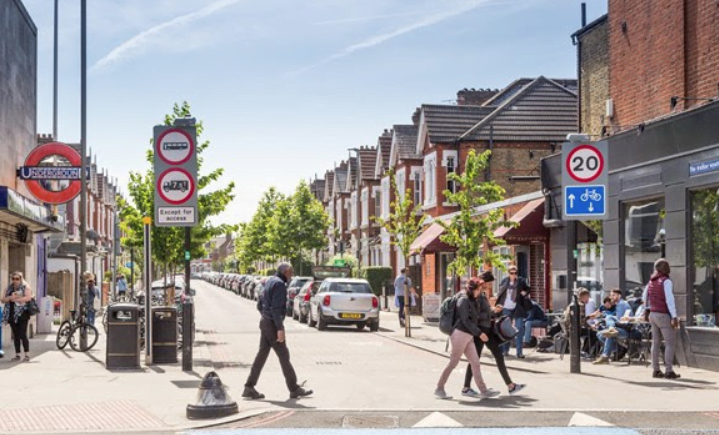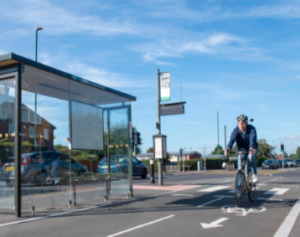TfL is making up to £50 million of funding available for boroughs to improve road safety on borough roads, as well as £30 million of funding to improve bus journey times and increase bus ridership. London’s boroughs play a key role in the planning and delivery of schemes that transform local areas and support the Mayor’s Vision Zero goal of eliminating death and serious injury from the transport network, as well as improving opportunities for safe and active travel in local communities. They also help ensure that the capital’s bus service is comfortable and easy for all to use, offers attractive journey times and provides the connections people need.
This funding is in addition to the £80.4 million of Local Implementation Plan funding allocated to London’s boroughs in 2024/25 and will help boroughs to continue their vital work making the capital’s roads safer and more attractive for people using public transport, walking and cycling.
TfL is providing a fund of £50 million available to boroughs over the next three years to deliver significant safety improvements in their local area by reducing speeds and tackling the city’s most dangerous roads and junctions. The fund will be open to projects between £0.5 million and £5 million. Examples of schemes TfL will consider funding through Borough Safer Streets include:
- Projects that look to improve safety by reducing speeding and help to reduce the risk and severity of collisions
- Projects that develop improvements to protect vulnerable road users and improve safety for people walking and cycling
- Road safety improvements in high-risk locations
TfL is also providing £30 million in funding to a new programme called Better Bus Partnerships, which will make up to £10 million available for three successful boroughs to deliver transformational bus infrastructure and operational improvements. This includes new bus priority measures to improve journey times, better management of road works to reduce delays to buses, improvements to stops and stations to make it easier to change between buses and other modes of transport, and improvements to streets to make it easier to walk to bus stops and stations.






















